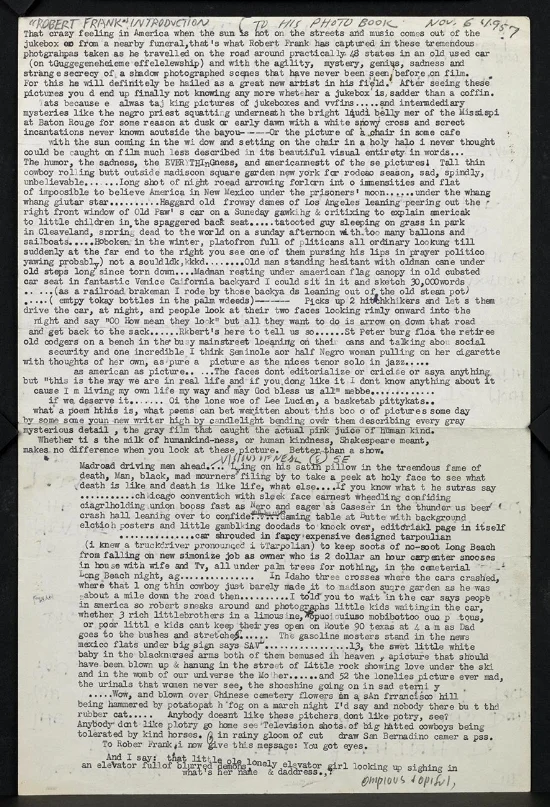My degree is in photography, but I started art school as a drawing major. I spent years painting and drawing and I carry this training with me as I photograph. People say photography is painting with light, I couldn’t agree more. I apply the same principals in Photoshop post production as I do in my drawings and paintings. Many of my photographic portraits are strongly influenced by my favorite painters.
I like to balance out a wedding portfolio with a variety of formal and informal images. When I take formal portraits I make aesthetic decisions that are directly informed by paintings by John Singer Sargent, William-Adolphe Bouguereau, and Jules Breton to name a few. Their use of rich color, texture and luminous light resonate with me. Here are a few of my wedding photographs along-side some of my paintings. It's easy to see how they've influenced me.
On the left: Wedding Photograph by Merrilee Luke-Ebbeler. On the right: John Singer Sargent, Portrait of Madam X, 1884.
On the left: Wedding Photograph by Merrilee Luke-Ebbeler. On the right: William-Adolphe Bouguereau, Study of the Head of a Blonde Woman.
On the left: Wedding Photograph by Merrilee Luke-Ebbeler. On the right: William-Adolphe Bouguereau, Biblis, 1884.
On the left: Jules Breton, The Return of the Gleaners, 1859. On the right: one of my wedding photographs.
On the left: Wedding Photograph by Merrilee Luke-Ebbeler. On the right: John Singer Sargent, Lady Agnew of Lochnaw, 1892.






